Disclosure: This article contains affiliate links. We may earn a commission from purchases at no extra cost to you, which helps our travel content.
When you spend your days within the confines of a correctional facility like I do, there's something profoundly liberating about standing in the wide-open African savanna, watching elephants roam freely against the golden horizon. After years of promising myself a 'someday' African safari, I finally took the plunge last fall and treated myself to a week-long luxury adventure in Botswana's Chobe National Park. Let me tell you—trading my officer uniform for safari khakis was the mental reset I didn't know I desperately needed. As someone who typically plans budget-friendly family trips to hot springs with my kids, this solo splurge was completely out of character, but sometimes we working parents need to remember we're whole people outside our roles. This wasn't just a vacation; it was a transformative journey that reconnected me with a sense of wonder I hadn't felt since childhood.
Why Chobe National Park Deserves Your Bucket List Spot
After researching African safari destinations for months (those slow night shifts at the correctional facility are good for something!), I kept coming back to Chobe National Park. With the highest concentration of elephants in Africa—upwards of 120,000 gentle giants—and all members of the coveted Big Five within its borders, Chobe promised the wildlife encounters I'd dreamed about since flipping through National Geographic magazines as a kid.
What sets Chobe apart is its stunning diversity. The park transitions from lush floodplains along the Chobe River to dense woodland and open grasslands. This variety of ecosystems means you're never seeing the same landscape twice, and each game drive brings entirely different wildlife opportunities.
While I typically travel with my kids in tow, this solo adventure allowed me to fully immerse myself in the experience without dividing my attention. That said, I was surprised by how many families I encountered at the luxury lodges. Several parents shared that Chobe was their children's first safari experience, as the park is more accessible than some remote reserves while still offering incredible wildlife density.
I splurged on a private guide for my week-long stay, which I cannot recommend highly enough. My guide Jackson had 15 years of experience and eyes like a hawk—spotting a leopard draped over a branch that I would have missed entirely even with my binoculars. The knowledge these local guides share transforms what could be just animal sightings into a deeper understanding of the complex ecosystem.
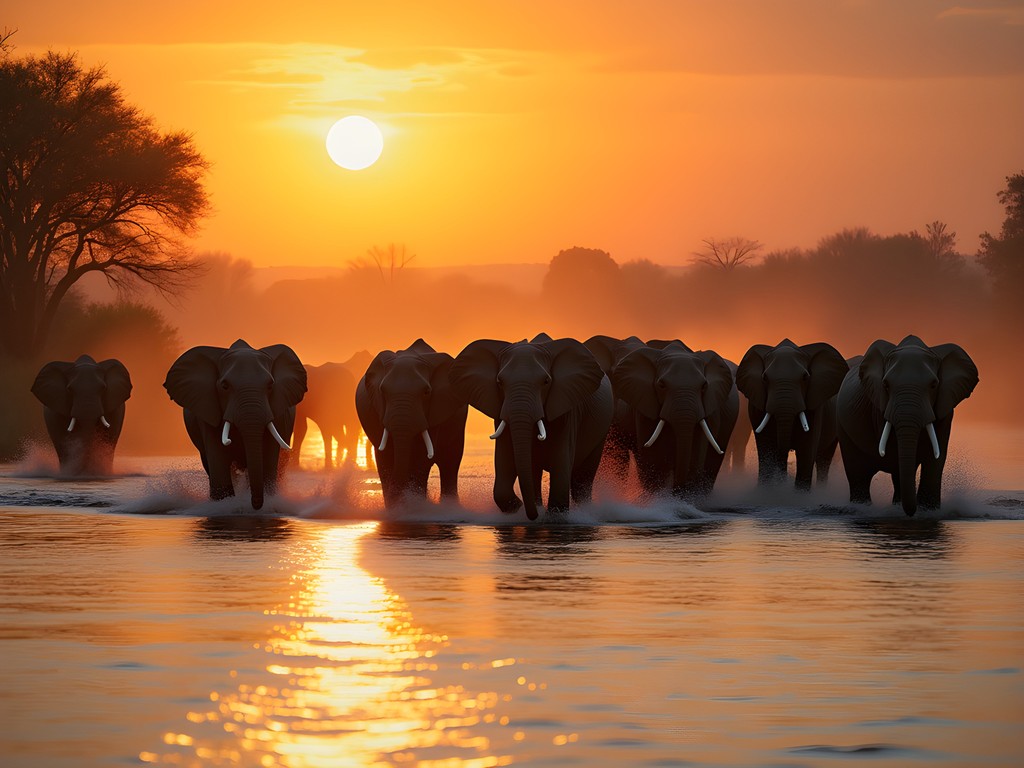
💡 Pro Tips
- Book accommodations at least 6 months in advance for fall season (September-November) which offers prime wildlife viewing
- Pack neutral-colored clothing (beige, olive, brown) to blend with surroundings during game drives
- Bring a quality camera with a zoom lens—smartphone photos won't capture distant wildlife
Luxury Lodges: Where Wilderness Meets Comfort
After spending my workdays in the stark environment of a correctional facility, I decided this trip would be all about balance—wild adventure by day, pampered comfort by night. I split my week between two luxury lodges: Chobe Game Lodge inside the national park and Ngoma Safari Lodge on the park's western boundary.
Chobe Game Lodge surprised me with its blend of elegance and sustainability. As the only permanent lodge within the national park itself, it offers unparalleled access to wildlife. I'd wake to the sounds of hippos grunting in the river just beyond my private terrace. The all-female guiding team (a pioneering initiative called the Chobe Angels) brought a unique perspective to game drives, focusing on animal behavior and ecosystem relationships rather than just checking species off a list.
At Ngoma Safari Lodge, perched on an escarpment overlooking the Chobe River floodplains, I experienced some of the most spectacular sunsets of my life. My suite featured a private plunge pool where I could soak while watching elephants and buffalo graze below. After months of planning other people's meals and activities as a mom, having someone anticipate my needs felt like pure luxury.
Both lodges included all meals, drinks, and daily activities in their rates. While the price tag initially made me wince (we're talking $800-1,200 per night), the all-inclusive nature meant I could fully relax without constantly reaching for my wallet. Plus, falling asleep to the distant roars of lions while wrapped in high-thread-count sheets? Priceless.
One piece of gear that proved invaluable was my portable power bank. Despite the lodges' solar power systems, having backup power for my camera and phone during all-day game drives kept me from missing any photographic moments.
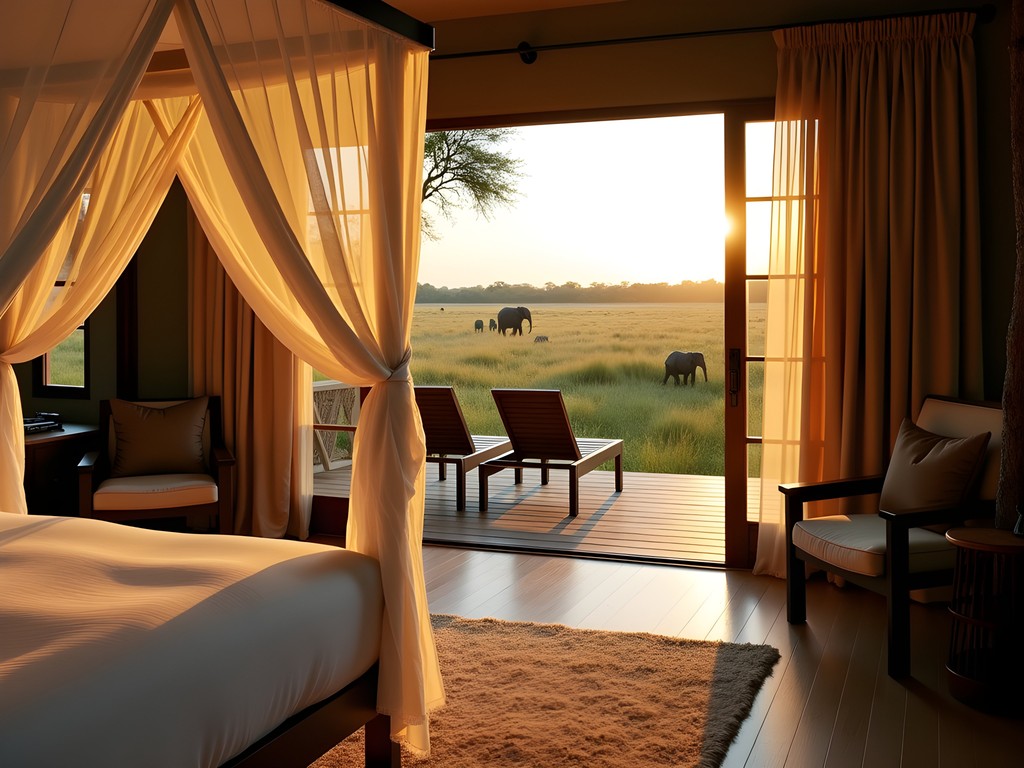
💡 Pro Tips
- Request a river-facing room when booking for best wildlife viewing from your accommodation
- Pack a headlamp for navigating between main lodge areas and your room at night
- Bring small US dollar bills for tipping guides and staff (approximately $10-15 per guest per day)
Game Drives: Tracking the Big Five and Beyond
The daily rhythm of safari life quickly became my new favorite routine. Early morning wake-up calls (typically around 5:30 AM) were made bearable by the delivery of fresh coffee to my door. By sunrise, we'd be out in open-sided safari vehicles, wrapped in warm blankets against the morning chill, watching the savanna come alive.
Chobe's game drives delivered wildlife sightings that exceeded my wildest expectations. Within my first two days, I'd already spotted four of the Big Five: elephants (by the hundreds), buffalo (in imposing herds), lions (including adorable cubs), and leopards (two different individuals). Only the rhino remained elusive—their numbers are sadly diminished due to poaching, though conservation efforts are helping populations recover.
Beyond the famous five, Chobe offered incredible diversity. Giraffes moved with surprising grace despite their awkward proportions. Zebras gathered in dazzling groups (yes, a group of zebras is actually called a 'dazzle'—fitting, isn't it?). Hippos revealed their massive forms during river cruises, and crocodiles sunned themselves along muddy banks.
As someone who spends her working hours maintaining order and vigilance, I found it fascinating to observe the natural order of the savanna—predator and prey, birth and death, all playing out according to ancient rhythms undisturbed by human intervention.
One afternoon, we followed a pride of lions for hours. The guides' tracking skills were nothing short of magical as they interpreted subtle paw prints and broken grass stems. Eventually, we witnessed an incredible hunting sequence as the lionesses strategically surrounded a warthog. While I won't share the graphic details, witnessing this raw, unfiltered moment of nature was humbling in a way I struggle to articulate.
My safari jacket was perfect for the temperature fluctuations between cool mornings and hot afternoons. I could zip up for dawn game drives and remove layers as the day warmed.
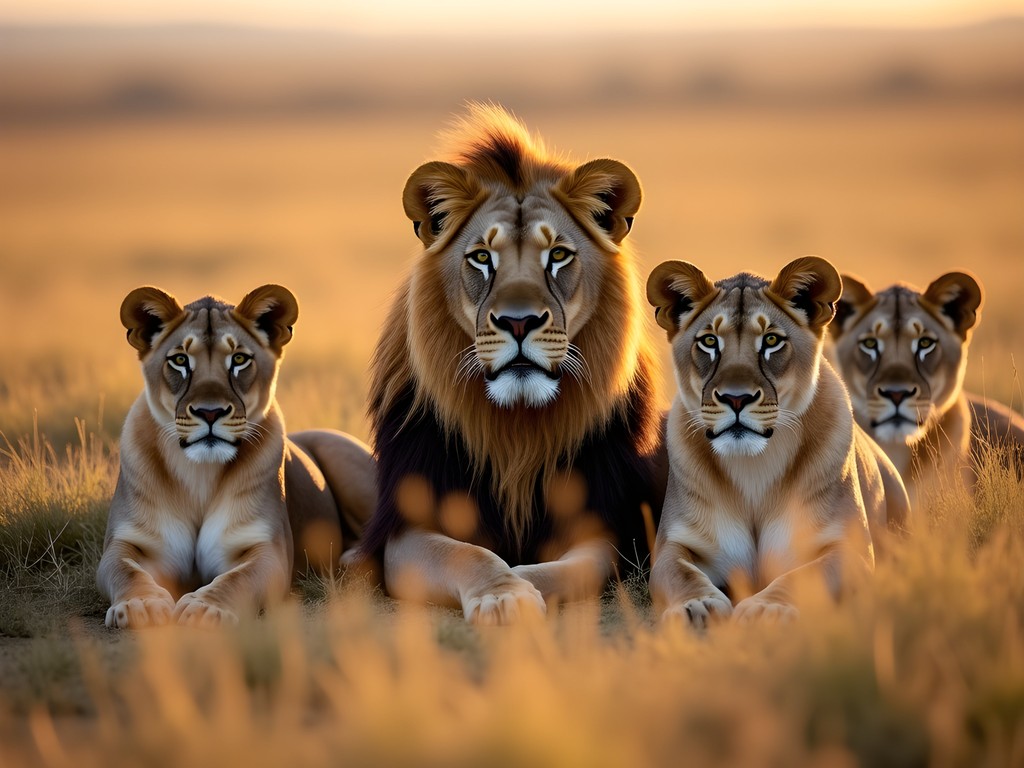
💡 Pro Tips
- Always listen to your guide's safety instructions—these are wild animals in their natural habitat
- Bring a small notebook to record sightings and memories in the moment
- Use the siesta time between morning and afternoon game drives to rest—safari days are long!
River Safaris: A Different Perspective
While land-based game drives form the backbone of most safari experiences, Chobe's river safaris were what truly distinguished this park from others I researched. The Chobe River forms the northern boundary of the park, creating a lifeline for wildlife during the dry season when inland water sources evaporate.
Each afternoon around 3:30 PM, I'd board a specialized photography boat with swivel seats and camera mounts (heaven for photography enthusiasts like me). As we cruised along the river, wildlife encounters took on a completely different dimension. Elephants waded into the water, playfully spraying each other and submerging until only their trunks remained visible like natural snorkels. Entire families of hippos revealed their massive bodies, and the birdlife was simply spectacular—African fish eagles, kingfishers, bee-eaters, and herons in every color imaginable.
What made these river cruises particularly magical was the golden afternoon light reflecting off the water. As a correctional officer who spends most days under fluorescent lighting, this natural golden glow felt like medicine for my soul. I found myself lowering my camera at times just to be fully present in these moments.
One unforgettable evening, we witnessed a massive elephant herd—at least 200 individuals—crossing the river at sunset. Babies were nestled between adults for protection, their tiny trunks held high above the water. Our guide cut the engine, and we drifted silently, watching this ancient ritual unfold. The only sounds were elephant rumbles, water splashing, and the occasional gasp from someone on our boat. It was one of those rare moments when you're acutely aware you're experiencing something extraordinary.
My waterproof camera proved invaluable during these river safaris. The boat's proximity to the water meant occasional splashes, and being able to shoot without worrying about damaging my equipment let me focus entirely on capturing those magical moments.
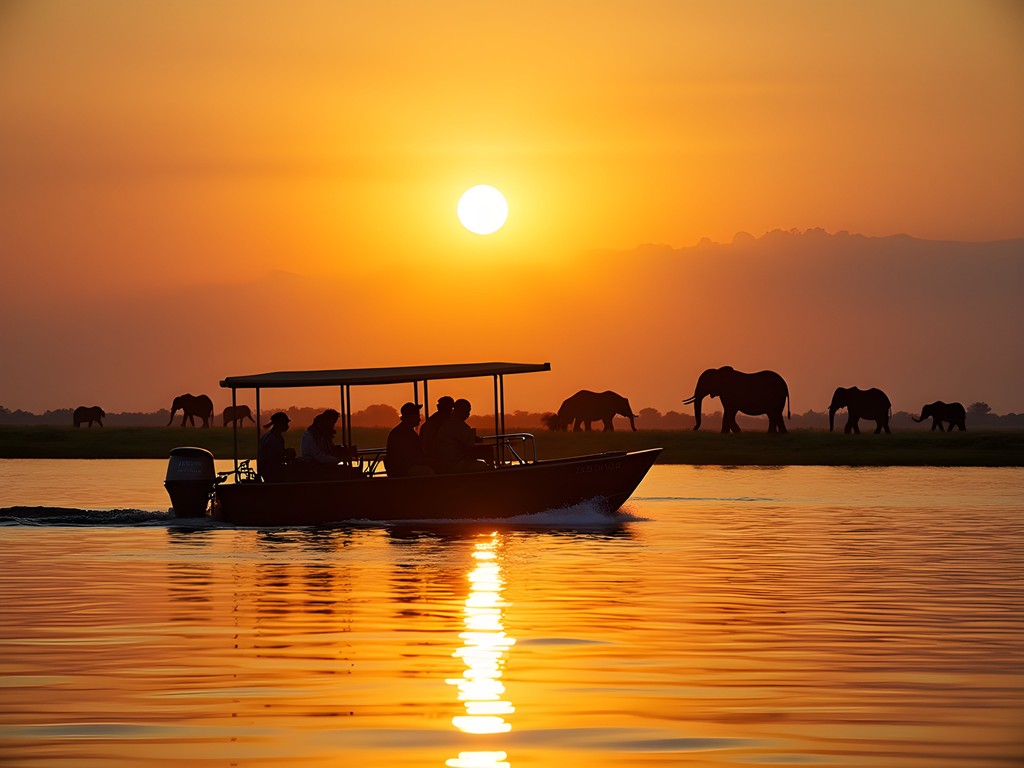
💡 Pro Tips
- Book afternoon river cruises for the best light and highest concentration of animals coming to drink
- Bring extra memory cards—you'll take more photos than you expect during river safaris
- Apply sunscreen generously even on cloudy days—the water reflection intensifies sun exposure
Cultural Connections Beyond Wildlife
While Chobe's wildlife rightfully takes center stage, some of my most meaningful moments came through cultural connections with the Botswanan people. Many luxury lodges partner with nearby communities, creating sustainable tourism models that benefit local residents.
Through my lodge, I arranged a community visit to the nearby village of Mabele. Unlike some contrived cultural tourism experiences I've encountered elsewhere, this felt genuine and respectful. I spent a morning with a local family, learning about traditional fishing techniques and helping prepare lunch using local ingredients. The grandmother of the household showed me how they've adapted traditional basket weaving patterns for modern markets, creating sustainable income sources.
As someone who works in a correctional facility, I'm acutely aware of how socioeconomic factors impact communities. It was refreshing to see tourism models that prioritize community benefit and environmental conservation working so effectively in Chobe.
My guides also shared fascinating insights about how their traditional knowledge informs their work. Jackson explained how tracking skills passed down through generations help him locate animals, and how indigenous plant knowledge helps identify where certain species might be feeding.
One evening, lodge staff performed traditional songs and dances after dinner. What started as a performance for guests evolved into a genuine celebration when staff members spontaneously joined in. Soon, guests were being taught dance moves, and the artificial barrier between 'visitor' and 'local' dissolved into shared laughter and rhythm.
I always try to learn a few phrases in the local language when traveling. In Botswana, simple Setswana greetings like 'Dumela' (hello) and 'Ke a leboga' (thank you) were met with appreciative smiles and often led to deeper conversations about our respective cultures.
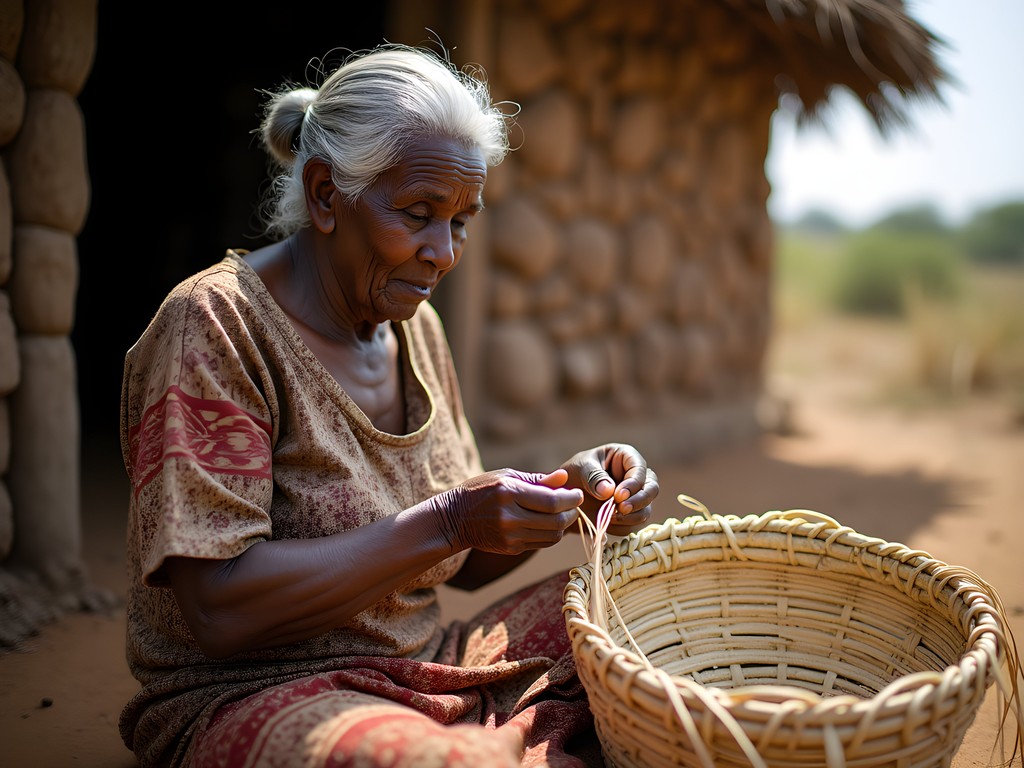
💡 Pro Tips
- Ask permission before photographing local people—respect their privacy and dignity
- Bring small gifts from your home country to share with guides and community members (I brought postcards from North Carolina)
- Support community craft markets rather than imported souvenirs—the quality is better and your money benefits local artisans directly
Final Thoughts
As my bush plane lifted off from Kasane Airport, I pressed my face against the window for a final glimpse of the Chobe landscape that had transformed me over the past week. Below, a line of elephants traced a dusty path toward the river—continuing their ancient patterns long after I'd returned to my life of correctional facility shifts and everyday responsibilities. This safari wasn't just a luxury vacation; it was a profound reminder of our place in the natural world and the importance of protecting these wild spaces. While the price tag makes this a splurge adventure, I can honestly say that every dollar spent was an investment in memories that will sustain me through challenging workdays for years to come. If you've been putting off your own safari dreams, consider this your sign to start planning. The wild heart of Africa is calling—and trust this correctional officer turned adventure seeker when I say the call is worth answering.
✨ Key Takeaways
- Chobe National Park offers unparalleled elephant viewing and all of the Big Five in a single destination
- Combining land and water safaris provides the most comprehensive wildlife experience
- Fall (September-November) offers ideal wildlife viewing with moderate temperatures and concentrated animal populations around water sources
- Luxury lodges provide extraordinary comfort but require booking 6-12 months in advance during peak season
📋 Practical Information
Best Time to Visit
September to November (fall/dry season)
Budget Estimate
$6,000-9,000 per person for 7 days (all-inclusive luxury experience)
Recommended Duration
5-7 days minimum
Difficulty Level
Intermediate (Some Long Drives On Bumpy Roads, Early Mornings)
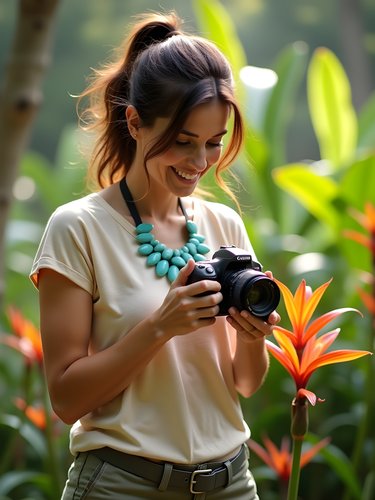
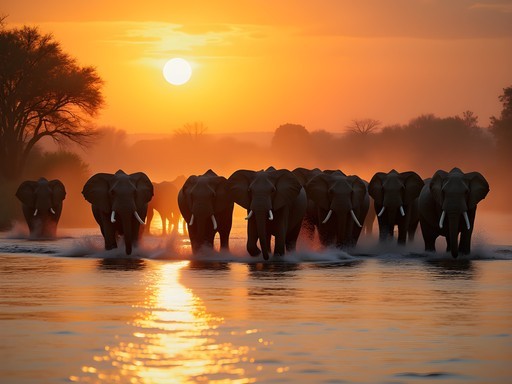
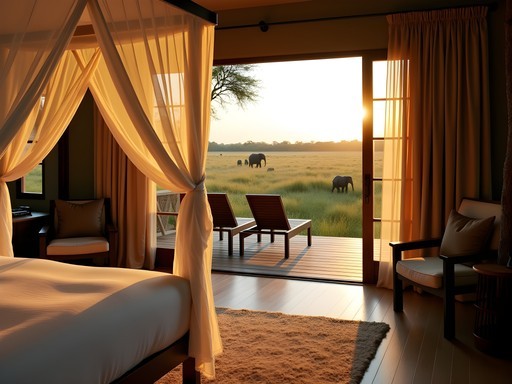
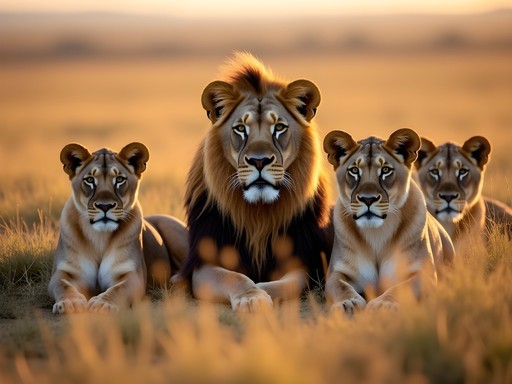
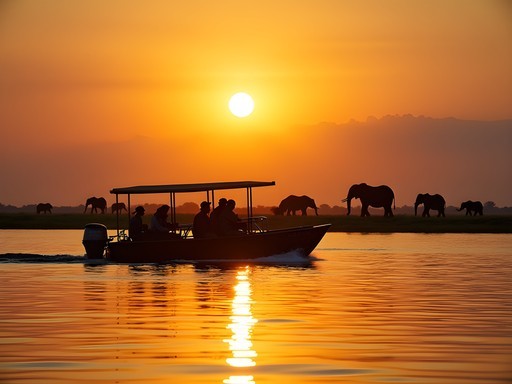
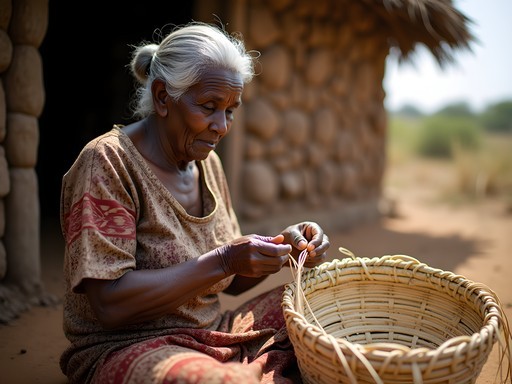


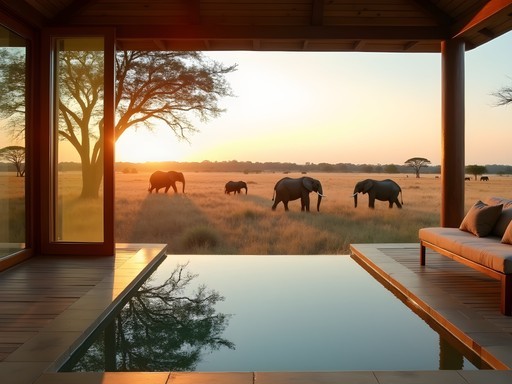






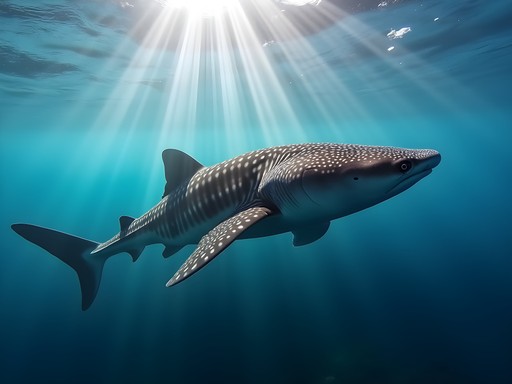
Comments
photoguide
Stunning shots! What camera settings did you use for the sunset river photos?
Stephanie Romano
Thank you! For the sunset shots I used f/8, 1/250 sec, ISO 400. The golden light there does most of the work!
adventurestar
OMG YOUR PHOTOS ARE INCREDIBLE!!! 😍😍😍 I've been dreaming about an African safari forever and this just moved Chobe to the top of my list! Those elephant herds look MASSIVE! Did you feel safe when they got close to the vehicles? I'm both terrified and thrilled by the idea! Planning to go next year for my 30th birthday and I can't wait!!!!
oceanseeker
Just got back from Chobe last month and your post brought it all rushing back! We stayed at Chobe Game Lodge and the guides were incredible at tracking the big cats. Did you find the park crowded at all? We had a few game drives where we barely saw another vehicle, but the river was definitely busier with boats. That sunset on the Chobe River though... absolutely worth it. Did anyone in your group try fishing? My husband caught a tiger fish and hasn't stopped talking about it!
coffeelover
I'm looking at Chobe Game Lodge too! Was it worth the splurge?
oceanseeker
Absolutely worth every penny! The rooms facing the river let us watch elephants while drinking morning coffee. The all-inclusive aspect and quality guides made it stress-free.
Gregory Boyd
Brilliant write-up, Stephanie. Having done the backpacker route through Botswana three times now, I'd add that Chobe is actually quite accessible for budget travelers too. The public campsites require advance booking but offer an incredible experience at a fraction of the luxury lodge cost. For those not wanting to self-drive, day trips from Kasane are reasonably priced. The morning game drives typically yield better predator sightings, while afternoon boat safaris catch the elephants coming to drink as the day cools. Your observation about the contrast between confinement and open wilderness resonated deeply - travel's transformative power at its best.
Douglas Bradley
Stephanie, your post captures the essence of Chobe beautifully. Having visited 17 national parks across Africa, I still find Chobe's elephant population unmatched. One aspect worth mentioning for readers is the seasonal differences - I've been in both dry and wet seasons, and they offer completely different experiences. The dry season (May-October) concentrates wildlife along the river, while the wet season transforms the landscape with lush vegetation and newborn animals. For photography enthusiasts, I recommend bringing a telephoto lens for those distant wildlife shots. Your river safari photos are particularly compelling - the reflection of elephants in that golden hour light is something I'll never forget from my own visits.
photoguide
Thanks for the lens tip! Would you say a tripod is necessary on the boats?
Douglas Bradley
I find a monopod more practical on boats than a full tripod. The movement makes a tripod tricky to use effectively.
coffeelover
This looks amazing! Which luxury lodge did you stay at? And did you find May was a good time to visit? Planning for next year!
happyclimber
Wow Stephanie, your writing really transported me! That line about finding freedom in the savanna while working in corrections - powerful stuff. We did a 3-day safari in Chobe last year and the elephant herds were absolutely mind-blowing. Did you get to see the lions? We only caught a distant glimpse but the boat safari made up for it - hippos everywhere!
Stephanie Romano
Thanks so much! Yes, we were incredibly lucky with lion sightings - a whole pride with cubs on our second day. The contrast between my daily work environment and that wild freedom is something I'm still processing. The river safari was definitely a highlight for me too!
Adam Nichols
Fascinating read, Stephanie. Your observation about the contrast between confinement and the open savanna was quite poignant. Having done extensive solo travel through southern Africa, I'd add that Chobe offers some of the most accessible yet authentic safari experiences on the continent. The park's geography creates unique wildlife viewing opportunities you won't find elsewhere. For those planning a visit, consider combining it with a few days in the Okavango Delta for a comprehensive Botswana experience. The ecosystems complement each other beautifully. Did you venture to any other parks during your trip?
Stephanie Romano
Thanks Adam! I did spend three days in Moremi Game Reserve after Chobe. The landscapes were strikingly different despite the proximity. Next time, I'm definitely venturing deeper into the Delta.
exploreninja
We visited Chobe last year during the dry season and it was incredible how many animals gathered around the river. The elephant herds were massive! One tip for anyone planning a trip - I found my zoom lens absolutely essential for wildlife photography there. The boat safaris get you closer to animals than I expected though! What time of year did you visit, Stephanie? We're thinking of going back but in a different season.
Stephanie Romano
I went in late May, just as the dry season was beginning. The guides said September-October is peak for wildlife concentration around the river, but more crowded with tourists.
exploreninja
That's helpful, thanks! Maybe we'll try May next time for fewer crowds.
skyclimber
WOW! Just wow! Those lion cubs playing near the water hole... I'm dying to go now!
Venture X
Premium card with 2X miles, $300 travel credit, Priority Pass